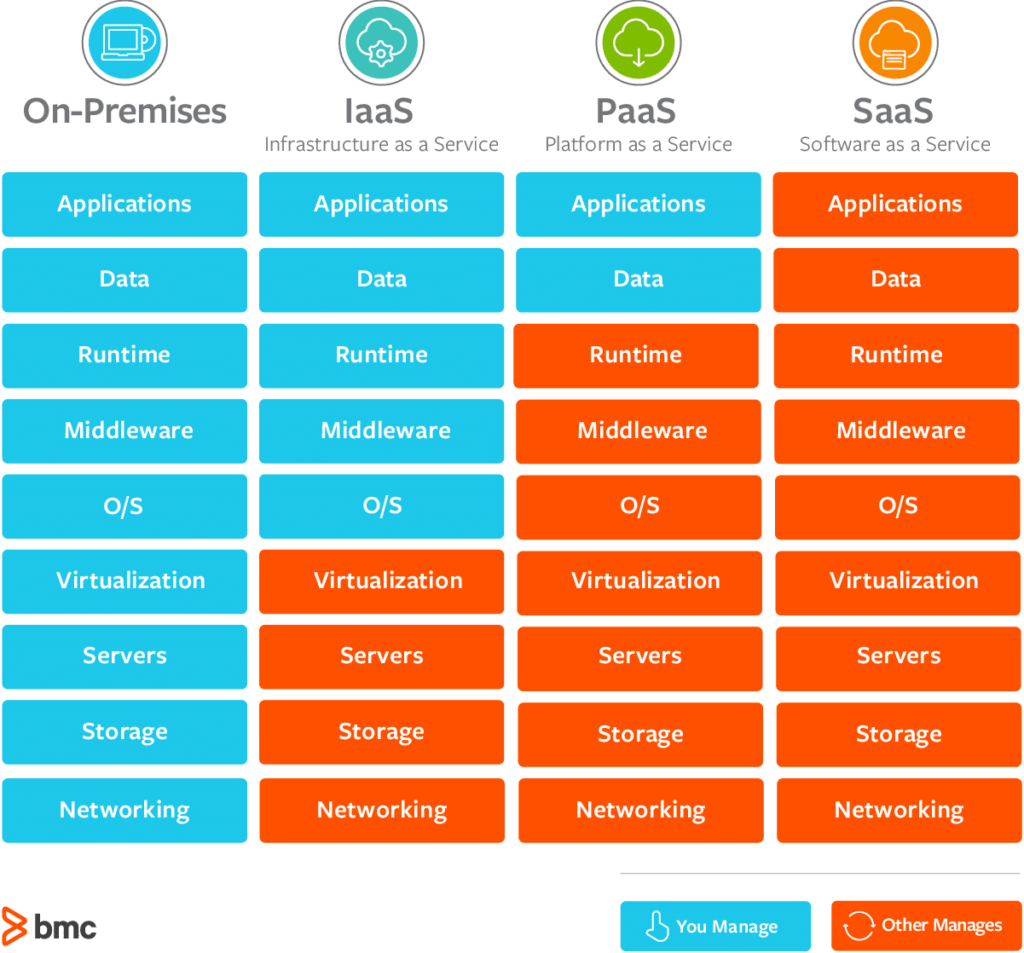Comprehensive Cloud Services: Boost Effectiveness and Protection for Your Firm
Achieve Seamless Scalability With Cloud Provider
In the ever-evolving landscape of cloud solutions, accomplishing smooth scalability stands as a keystone for modern-day services seeking to remain affordable and versatile. The mission for smooth scalability with cloud services unveils a world of opportunities for those willing to welcome the transformative power of vibrant source administration.
Advantages of Cloud Scalability
Cloud scalability offers companies the flexibility to dynamically change sources based on demand, making sure ideal performance and price effectiveness. Additionally, cloud scalability advertises development and experimentation by allowing services to easily examine brand-new ideas and range them as needed. Ultimately, the advantages of cloud scalability prolong beyond price financial savings to encompass better efficiency, agility, and innovation.
Trick Functions for Scaling
Effective scaling in cloud services relies upon vital functions that allow companies to adjust resources dynamically based on demand. One vital function for scaling is elasticity, enabling resources to scale up or down in action to varying work. This makes sure that organizations can satisfy performance demands without over-provisioning resources. Another crucial feature is scalability, making it possible for systems to deal with increased work by adding sources seamlessly. This function is vital for suiting development without endangering performance. Additionally, automation plays an important role in scaling by automating the provisioning and de-provisioning of sources based upon predefined policies. Automation decreases human intervention, improves effectiveness, and makes certain fast reaction to changing needs. Tracking and analytics devices are also crucial for scaling, supplying understandings right into resource usage, performance metrics, and prospective bottlenecks. These tools allow companies to optimize and make informed decisions resource allocation for efficient scaling. On the whole, these essential attributes collectively equip companies to achieve smooth scalability in cloud solutions.
Implementing Auto-Scaling Strategies
To properly enhance resource allocation and adjust to differing work, organizations must purposefully apply auto-scaling methods in their cloud services framework. Auto-scaling enables systems to automatically readjust the variety of compute sources based on real-time need. There are different auto-scaling techniques that organizations can use, such as anticipating scaling, which utilizes historical data to forecast future source needs, and reactive scaling, which reacts to existing workload changes.

Best Practices for Scalability
For organizations intending to boost their scalability in cloud services, implementing finest practices is Extra resources essential for optimal performance and source management. One trick ideal method is making applications with a microservices style. This method breaks down applications into smaller sized, independent services that can be deployed, upgraded, and scaled separately, permitting better versatility and scalability.
Another vital practice is utilizing containerization technology, such as Docker or Kubernetes. Containers make it possible for the product packaging of applications and their dependencies into isolated units, making it less complicated to scale elements individually and deploy them continually throughout different atmospheres.
Furthermore, executing automated deployment and infrastructure as code (IaC) can enhance scalability initiatives (linkdaddy cloud services). Automation devices like Terraform or Ansible aid in provisioning and handling sources successfully, reducing hands-on errors and making it possible for quick scalability
Additionally, checking performance metrics, setting up signals, and performing routine capability preparation are important techniques to make certain proactive scalability administration. By adhering to these best practices, organizations can achieve seamless scalability in their cloud services while maximizing efficiency and source application.
Monitoring Efficiency Metrics
When examining the performance of cloud services scalability, closely monitoring performance metrics is critical for ensuring ideal see capability and resource allowance. By continuously tracking vital performance indicators (KPIs) such as reaction times, resource, latency, and throughput look at here usage, organizations can acquire beneficial understandings into the health and performance of their cloud framework. Checking performance metrics enables the very early discovery of potential bottlenecks or problems that might affect scalability, allowing positive steps to be required to address them prior to they rise.

Final Thought
Finally, achieving smooth scalability with cloud services is important for companies to maximize performance, improve innovation, and preserve high efficiency levels during peak times. By leveraging the benefits of cloud scalability, executing auto-scaling techniques, using crucial attributes such as elasticity and automation, and adhering to best methods like application design and efficiency tracking, companies can effectively scale their systems while making the most of source application and performance.
The pursuit for seamless scalability with cloud services introduces a globe of possibilities for those ready to accept the transformative power of dynamic source monitoring.
Cloud scalability provides companies the versatility to dynamically adjust resources based on demand, guaranteeing optimum performance and cost effectiveness. An additional crucial function is scalability, enabling systems to manage raised work by including sources seamlessly.For organizations aiming to improve their scalability in cloud solutions, implementing ideal methods is essential for ideal performance and source management.When evaluating the efficiency of cloud solutions scalability, very closely checking efficiency metrics is imperative for making certain optimal performance and resource allotment.